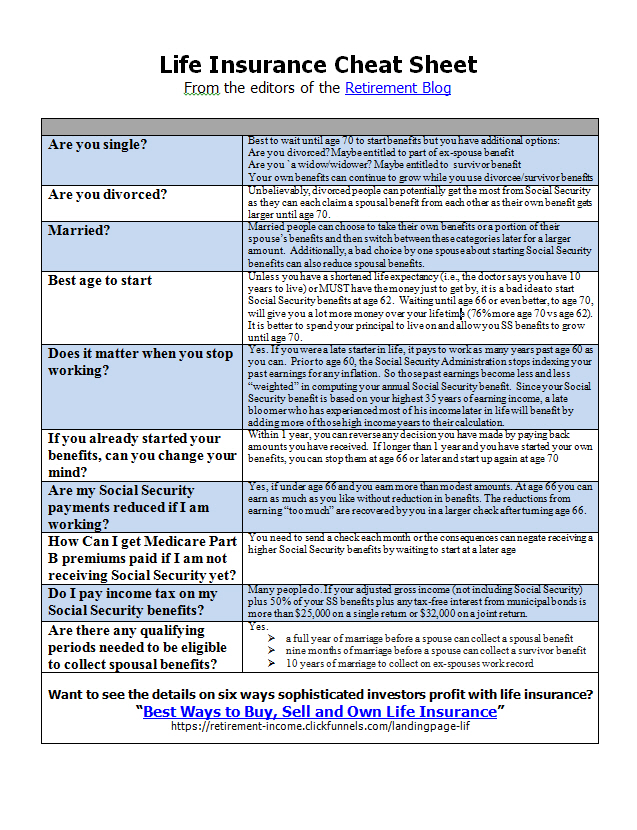When you invest in various instruments, each has their own type of risk. Some investments are considered less risky than others, but no investment is without risk. Some of the main types of risk you should understand are:
systematic risk--risk inherent in the stock market, no matter what stock you buy
specific risk-risk of a specific stock or bond (of that company failing)
interest rate risk-the risk of not being able to reinvest at the same rate when your bond or CD matures
inflation risk--the loss of purchasing power of your money while you hold your investment
Similarly, you have various health risks in aging to account for.
Most long-term care plans list six categories of activities of daily living (ADL). These are the basic tasks of everyday life, tasks that you may fail at being able to conduct. The failure of being able to conduct these tasks and are used to trigger when policy benefits kick in. However, not all insurance companies use the same guidelines.
Activities of Daily Living may include:
- Dressing - taking off and putting on all items of clothing, braces, fasteners, and artificial limbs.
- Bathing - getting into or out of the tub or shower with or without equipment or adaptive devices. Washing yourself in a tub, a shower, or by a sponge bath
- Ambulating - walking
- Transferring - moving in and out of a bed, chair, or wheelchair with or without equipment such as canes, quad canes, walkers, crutches, grab bars or other support devices including mechanical or motorized devices
- Feeding - getting food into the body from a plate, cup, a feeding tube, or intravenously
- Toileting - getting to and from the toilet, getting on and off the toilet, and performing associated personal hygiene
- Continence - the ability to maintain control of bowel or bladder function
If you can't do any two of the ADLs, the policy usually will pay the benefits. However, some companies include continence within the toileting ADL. This means you would need assistance with another ADL to receive the policy benefits (Society of Certified Senior Advisors, "Working With Seniors," p. 222, Dec. 2003). Such a policy would make the collection of benefits harder as there needs to be more failure in your abilities to collect.
Certain plans may require that you must be unable to perform three of seven ADLs without help. These "three of seven" ADL insurance plans are often hardest to qualify for benefits. Next hardest would be a "two of six" plan. "Two of seven" ADL plan is generally the easiest for obtaining benefits. The plan which will pay benefits the fastest require failures in 2 of the above 7 activities of daily living.
In addition, most all plans will let you qualify for benefits if you have Alzheimer's, other forms of severe cognitive impairment, or conditions such as congestive heart failure, as long as you meet certain clinical criteria.
More restrictive plans may call for hands-on assistance rather than just supervisory help with the ADLs to receive the benefits. So, it's important to understand ADLs and how the insurance company uses them. Don't rely on what your agent tells you. Read the policy or have an attorney do so for you to make sure you are perfectly clear on the terms of the coverage.
Activities of daily living are complicated and an important consideration when you're comparing long term care insurance options. As policy coverage varies among companies, you should compare coverage prior to making a final decision. Please also remember that policy benefits are subject to the insurer's claims-paying ability. For this reason, it is also good the insurer's financial status prior to purchasing a policy.






Leave a Reply